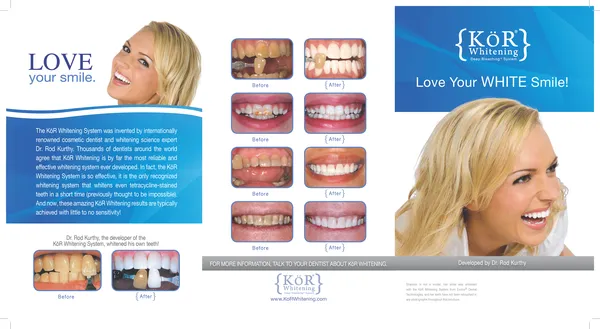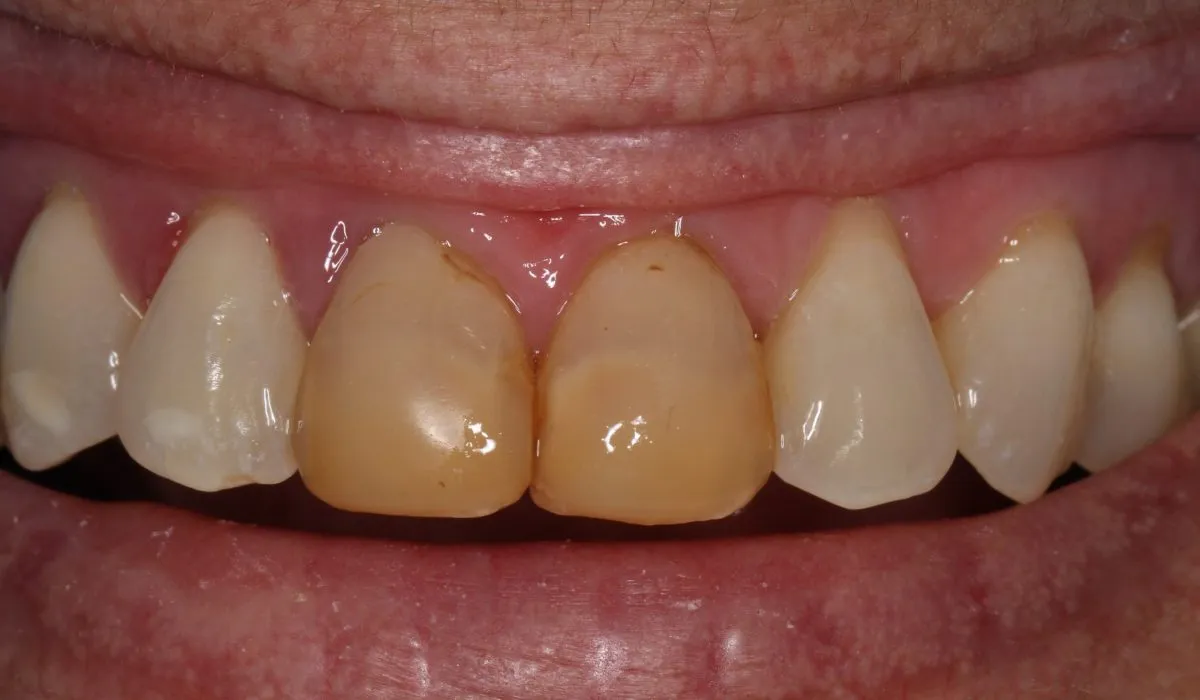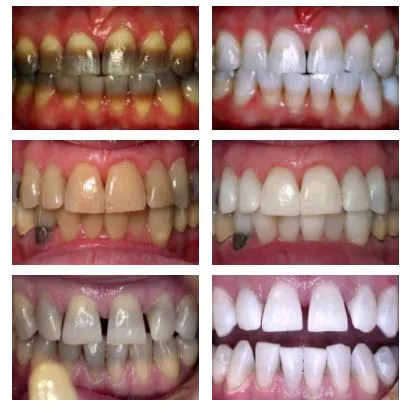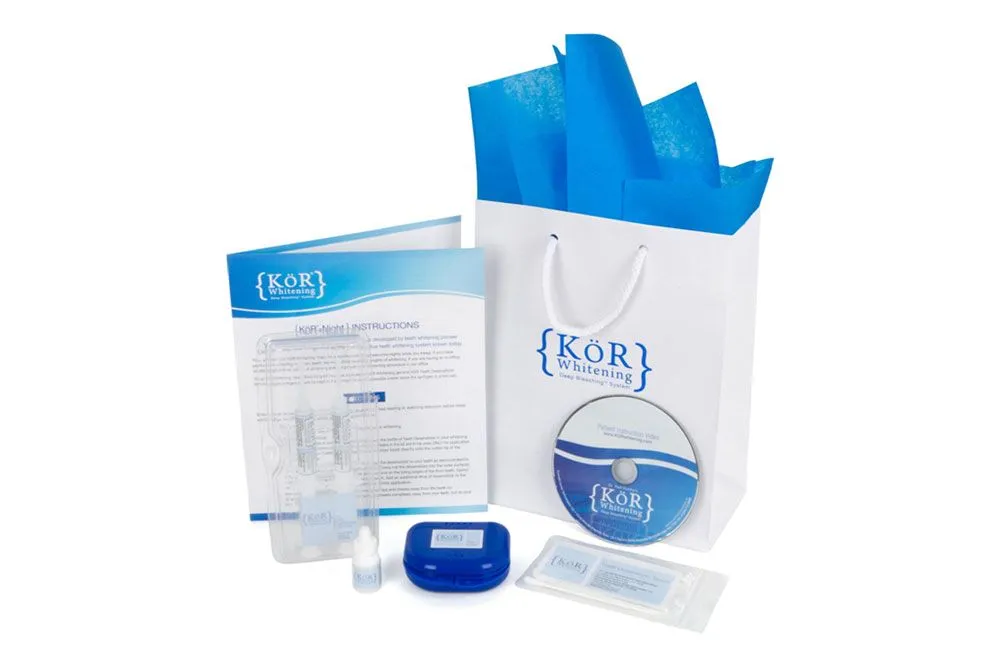What are White Spots on Teeth
White spots on teeth, also known as white spot lesions, are a common cosmetic concern that can affect people of all ages. These spots appear as opaque, white or light-colored patches on the surface of the teeth. They are often more noticeable on the front teeth, which can impact a person’s smile and self-confidence. These blemishes are not just a cosmetic issue; they often indicate underlying problems with the tooth enamel. Understanding what causes these white spots is the first step in finding effective treatment options and preventing further dental issues. The appearance and extent of white spots can vary, ranging from small, barely noticeable marks to larger, more prominent patches that significantly affect the tooth’s appearance.
Causes of White Spots
Several factors can contribute to the development of white spots on teeth. These causes often relate to the disruption of enamel formation or the demineralization of the enamel surface. Enamel, the hard, protective outer layer of teeth, is susceptible to damage from various sources. Understanding these causes can help individuals take preventive measures and seek appropriate dental care. The primary causes include issues during tooth development, excessive fluoride exposure, and the early stages of tooth decay. Each of these factors affects the enamel differently, leading to the characteristic appearance of white spots. Early detection and addressing these issues can prevent further damage and maintain oral health.
Enamel Hypoplasia

Enamel hypoplasia is a condition where the enamel does not fully develop, resulting in a thinner and weaker enamel layer. This can occur during tooth formation due to various factors, including genetic predispositions, nutritional deficiencies (such as a lack of calcium or vitamin D), and infections or trauma during the early stages of tooth development. The affected teeth may appear with white spots, grooves, or pits on their surface, making them more vulnerable to decay. This condition often presents as a cosmetic concern, but the compromised enamel also increases the risk of cavities and sensitivity. Prompt dental care and preventive measures are crucial to manage enamel hypoplasia and protect the teeth from further damage.
Fluorosis
Fluorosis is a condition caused by excessive fluoride exposure during the formative years of tooth development, typically in children. While fluoride is beneficial for strengthening tooth enamel and preventing cavities, too much fluoride can lead to the formation of white spots, streaks, or discoloration on the teeth. This often occurs from swallowing excessive amounts of fluoride from toothpaste, supplements, or drinking water with high fluoride levels. The severity of fluorosis can vary, from mild, almost unnoticeable white spots to more severe cases where the enamel becomes pitted and discolored. Managing fluoride intake and monitoring children’s oral hygiene habits can prevent fluorosis and ensure healthy tooth development. Consulting with a dentist can help assess the severity of fluorosis and recommend appropriate treatment options.
Early Cavities
Early cavities, or the initial stages of tooth decay, often manifest as white spots on the tooth surface. These spots indicate demineralization of the enamel, where acids produced by bacteria in the mouth erode the enamel. This process begins when sugars and starches interact with bacteria, forming plaque that releases acids. The early signs of decay are usually subtle, appearing as white spots that may become darker over time if left untreated. Addressing these spots promptly with preventive measures such as fluoride treatments, improved oral hygiene, and dietary adjustments can help reverse the damage and prevent the progression to full-blown cavities. Regular dental check-ups are crucial for early detection and management of early cavities, ensuring the long-term health of your teeth.
The Role of Kor Whitening

Kor whitening is a professional teeth whitening system known for its effectiveness in treating various types of tooth discoloration, including white spots. Unlike over-the-counter whitening products, Kor whitening uses a combination of custom-fitted trays and potent bleaching agents that penetrate deep into the enamel to remove stains. The system is designed to address both surface stains and intrinsic discolorations, providing significant improvements in tooth brightness and overall appearance. Kor whitening offers a comprehensive approach to teeth whitening, often including an initial in-office treatment followed by at-home maintenance. The dentist closely monitors the process, ensuring optimal results and minimal sensitivity. It’s a popular choice for individuals seeking to enhance their smile and achieve a brighter, more uniform tooth color.
How Kor Whitening Works
The Kor whitening system works through a sophisticated process designed to remove stains and discoloration from the teeth. It begins with an in-office treatment, where a high-concentration bleaching gel is applied to the teeth. The dentist may use a special light to activate the whitening agents and accelerate the process. Following this, custom-fitted trays are provided for at-home use. These trays are designed to fit the patient’s teeth perfectly, ensuring even coverage of the whitening gel. The at-home treatment involves wearing the trays with a lower-concentration bleaching gel for a specific period each day or night, as directed by the dentist. This combination of in-office and at-home treatments allows the whitening agents to penetrate deep into the enamel, breaking down stains and restoring the natural brightness of the teeth. The Kor whitening system also incorporates a desensitizing formula to minimize the risk of tooth sensitivity.
Effectiveness of Kor Whitening on White Spots
Kor whitening can be highly effective in reducing the appearance of white spots on teeth. While it may not completely eliminate the spots in all cases, it can significantly diminish their visibility and blend them with the surrounding enamel. The bleaching agents in the Kor whitening system help to even out the color of the teeth, making the white spots less noticeable. The effectiveness of Kor whitening depends on the cause and severity of the white spots. Spots caused by surface stains or mild demineralization often respond well to whitening, while more severe cases, such as those caused by enamel hypoplasia, may require additional treatments. Dentists typically assess the patient’s specific condition and recommend a tailored treatment plan to achieve the best possible results.
Kor Whitening Before and After

The transformation achieved through Kor whitening is often remarkable. Before the treatment, patients may have noticeable white spots and overall tooth discoloration, affecting their smile’s aesthetics. The ‘before’ images usually showcase the extent of the white spots and the uneven color of the teeth. After undergoing Kor whitening, patients typically experience a significant improvement in their tooth color, with white spots appearing less visible and the overall brightness of their smile enhanced. The ‘after’ images demonstrate the reduction in the appearance of white spots and the achievement of a more uniform and radiant tooth shade. These visual comparisons highlight the transformative effects of Kor whitening and the impact it can have on a person’s confidence and smile aesthetics.
Other Treatment Options for White Spots
Besides Kor whitening, several other treatment options are available for addressing white spots on teeth. The choice of treatment depends on the cause, severity, and the patient’s preferences. These options range from minimally invasive procedures to more comprehensive treatments. It’s essential to consult with a dentist to determine the most suitable approach based on individual needs. The primary goal is to improve the aesthetic appearance of the teeth and address any underlying dental issues. Some alternative treatments focus on re-mineralizing the enamel, while others aim to cover or replace the affected areas. These options can provide effective solutions to reduce the appearance of white spots and improve the overall health and appearance of the teeth.
Microabrasion
Microabrasion is a minimally invasive dental procedure used to remove surface stains and shallow white spots on teeth. The process involves using a mild abrasive agent, such as pumice or a mixture of hydrochloric acid and pumice, along with a polishing instrument to gently wear away a thin layer of enamel. This technique effectively eliminates superficial imperfections and blends the white spots with the surrounding enamel. Microabrasion is often suitable for mild to moderate cases of white spots, particularly those caused by fluorosis or early stages of enamel demineralization. The procedure is generally quick, painless, and can be performed in a single dental visit. Following microabrasion, the teeth may be further polished to achieve a smooth, uniform surface, resulting in an improved aesthetic appearance.
Resin Infiltration

Resin infiltration is a technique that involves filling the porous areas of enamel with a resin material, effectively reducing the appearance of white spots caused by demineralization. The procedure starts by preparing the tooth surface and applying an etching agent to open up the pores in the enamel. A special resin is then applied, which penetrates the porous areas and hardens to create a smooth, uniform surface. This process helps to minimize the visibility of white spots and prevents further decay by sealing the enamel. Resin infiltration is particularly effective for treating white spots resulting from early caries or mild fluorosis. The treatment is minimally invasive, preserves healthy tooth structure, and can significantly improve the aesthetic appearance of the teeth.
Dental Veneers
Dental veneers are thin, custom-made shells typically made of porcelain or composite resin, designed to cover the front surface of teeth to improve their appearance. Veneers are a more comprehensive solution for addressing white spots and other cosmetic issues, such as discoloration, chips, and gaps. The process involves preparing the tooth by removing a small amount of enamel to accommodate the veneer. The dentist then takes an impression of the prepared tooth, which is used to create a custom veneer that perfectly fits the patient’s tooth. Veneers are bonded to the tooth, providing a natural-looking and durable restoration. This treatment offers a long-lasting solution to improve the appearance of teeth affected by white spots, offering a brighter, more uniform smile. Veneers require more preparation and are a more permanent solution compared to other treatments.
Maintaining a Bright Smile After Treatment
Maintaining a bright, white smile after any treatment for white spots requires diligent oral hygiene practices and regular dental care. It’s essential to brush your teeth twice a day with fluoride toothpaste and floss daily to remove plaque and food particles that can contribute to staining and decay. Limiting the consumption of staining foods and drinks, such as coffee, tea, red wine, and dark-colored berries, can also help prevent discoloration. Regular dental check-ups and professional cleanings are crucial for removing surface stains and monitoring the health of your teeth and gums. Using a whitening toothpaste or mouthwash can help maintain the brightness of your smile, but it’s important to use these products as directed and consult with your dentist. Following these recommendations can extend the benefits of your whitening treatment and keep your smile looking its best for years to come.
